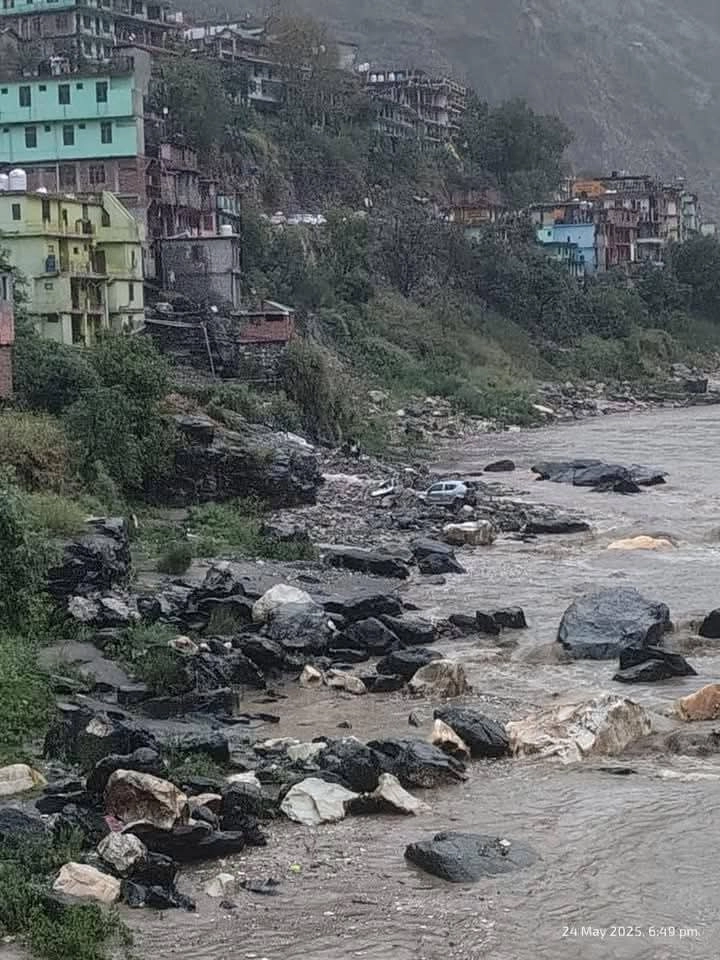The recent torrential rains in Himachal Pradesh have resulted in a devastating impact, with the death toll tragically rising to 310. These severe weather conditions have wreaked havoc across the region, leading to widespread destruction and loss of life. The incessant downpours have triggered landslides, flash floods, and infrastructure damage, exacerbating the already vulnerable situation in many areas. Rescue operations are ongoing, as authorities strive to reach those affected and provide assistance to families who have lost loved ones and homes.
In addition to the tragic loss of life, the economic repercussions of these rains are staggering, with estimated losses surpassing Rs 2,450 crore. This figure reflects damage to infrastructure, agriculture, and livelihoods, highlighting the profound impact on the local economy. Roads, bridges, and public utilities have suffered extensive damage, affecting transportation and access to essential services. Farmers have also been hit hard, with crops destroyed and livestock affected, leading to a further strain on food security and income levels in the region.
The situation underscores the urgent need for effective disaster management strategies and infrastructure resilience in the face of climate change. As extreme weather events become increasingly common, it is crucial for authorities to invest in preventive measures, including improved drainage systems, early warning systems, and community preparedness initiatives. The people of Himachal Pradesh are now grappling with the immediate aftermath of this crisis, and the long-term recovery will require a concerted effort from both the government and the community to rebuild and restore normalcy in the affected areas.




